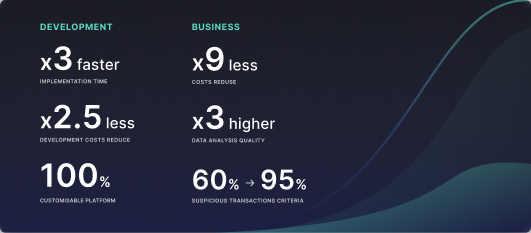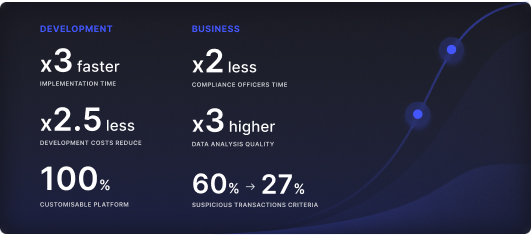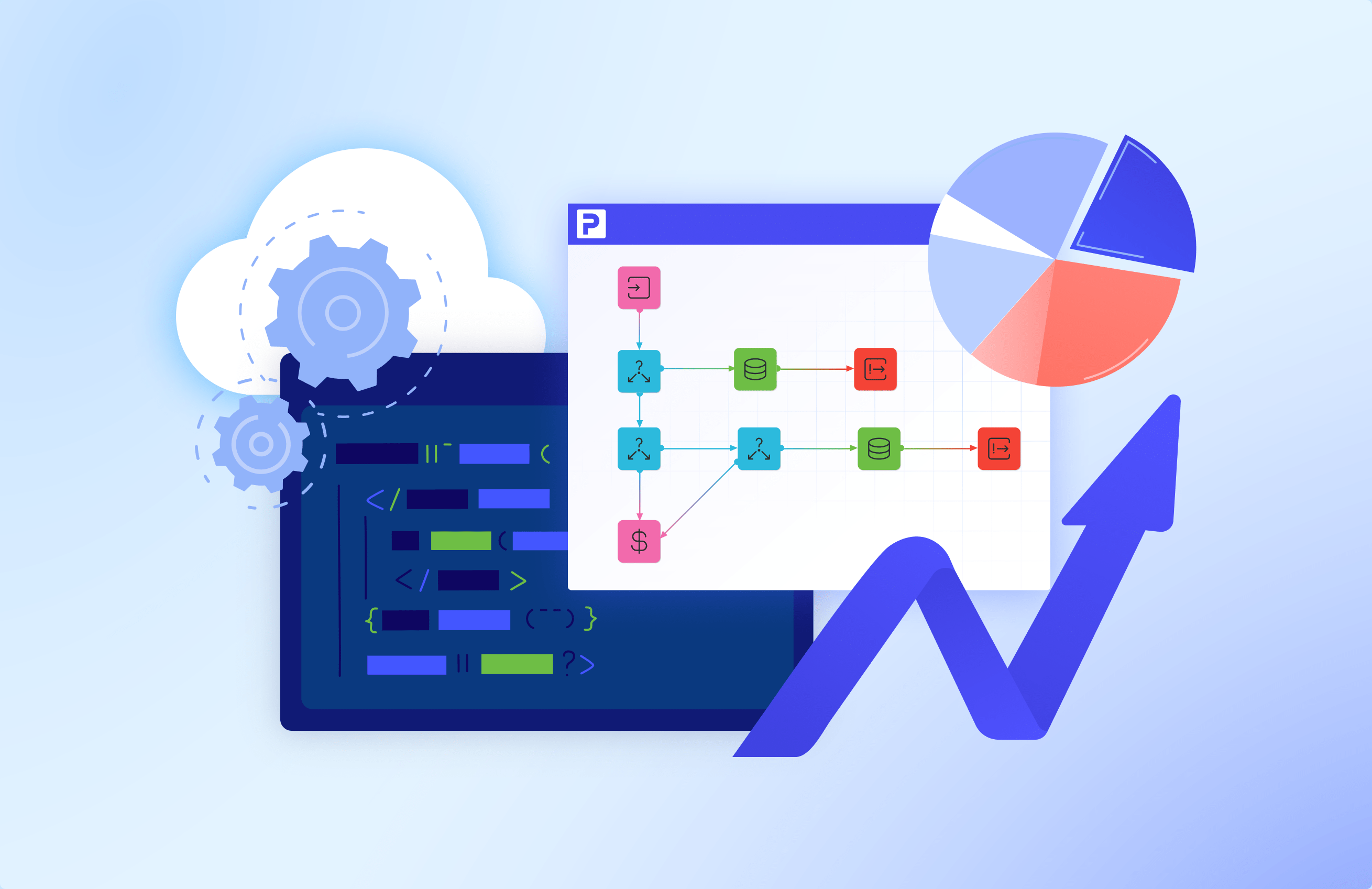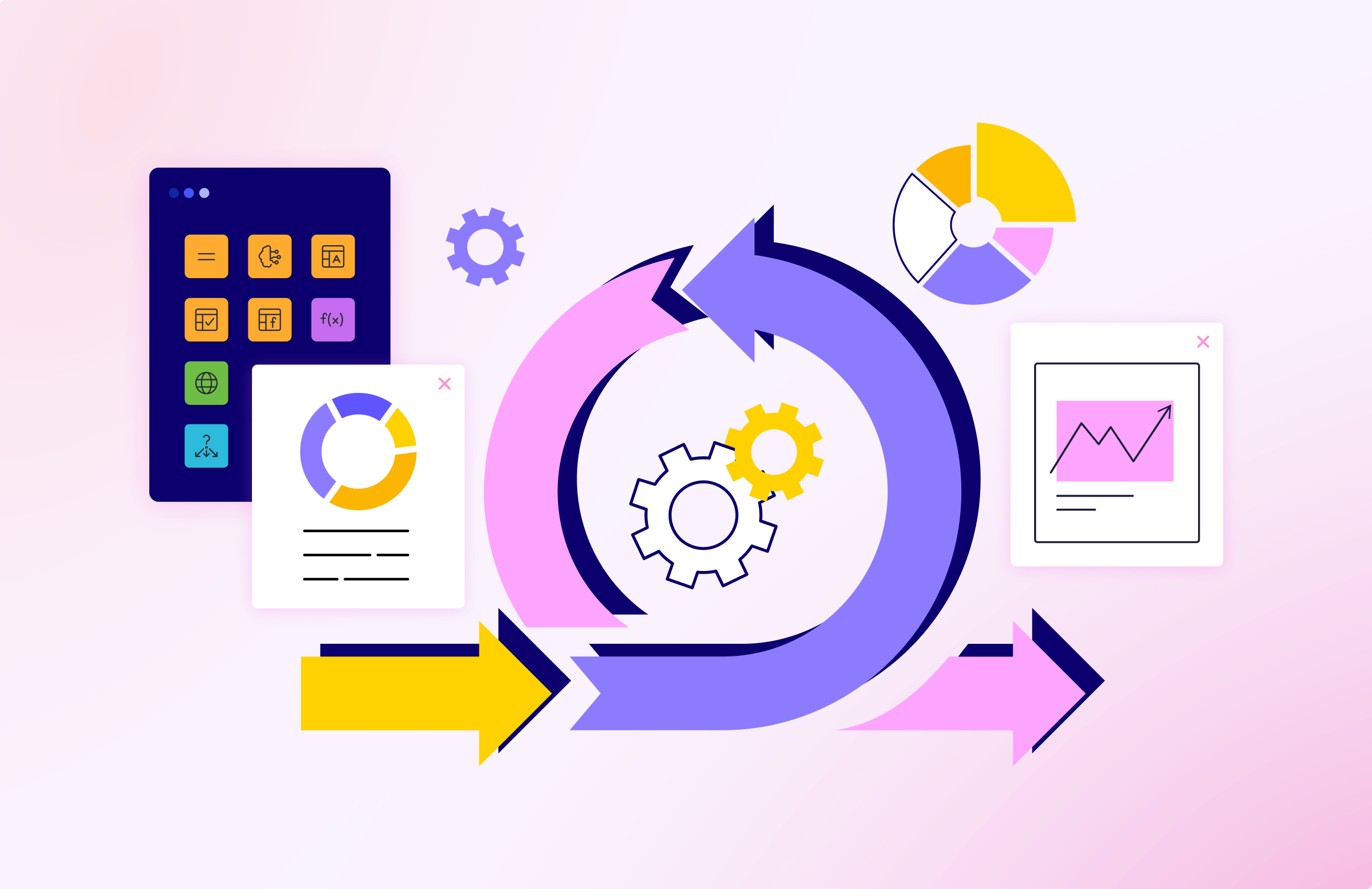Data integration strategies for seamless business processes


Integrating data from all the apps and systems your business uses is critical for increasing your productivity. According to McKinsey, companies that heavily rely on data and make informed decisions are:
- increase profits by 93%;
- boost sales by 82%; and
- improve the speed of sales growth by 112%.
If you are struggling with your disjointed digital system and looking for ways to improve connectivity and achieve seamless integration, you’ll find it in this article.
Definition of Data Integration
Data integration is a process of uniting multiple data sources, making it accessible and actionable from a single interface. Seamless data integration ensures quick access to any data stored in any of your digital assets and consider it comprehensively. Additionally, integrated systems allow for more automation and are able to exchange data between apps automatically, if the proper algorithms exist are involved.
A business may need to integrate data when one department generates data valuable for another department.
The approaches and strategies to data integration vary but there are traits all the data integration strategies share the parts like master server, data source network, and trained users who operate with the data.
To give you an example, typically:
- a user sends a data request to the master server;
- the server collects the required data from both internal and external sources;
- and after extraction, data is unified in a cohesive form and presented to the user.
Data integration is about data unification from different sources to be used for analysis and stored in a comprehensive way. Data integration allows businesses to get rid of time-consuming processes of data collection, copying, and reformatting. In an integrated system, these actions are performed automatically.
Benefits of Seamless Data Integration for Business Processes
Improved Operational Efficiency
With seamless integration, businesses can automate manual tasks, eliminate effort duplication, and achieve better workflow efficiency. Eventually, it leads to lower operational costs and better productivity.
Enhanced Data Security
A centralized data management system is also a more secure environment that protects an organization from data fraud and mitigates the risk of data loss.
Increased Agility and Flexibility
An integrated IT system is easier to adjust when changing market conditions or policies. A single data endpoint will allow to add, delete, or change applications and data from a single management console.
Better Customer Experience
Seamless data integration creates more opportunities for personalized customer experience, improving satisfaction and retention rates.
Cost Reduction
As the integrated business system with unified data reduces manual tasks and a huge part of data management routines, it becomes cheaper for a business to handle its data.
At the same time, improved business processes save resources for other tasks and reduce the necessity of additional hardware and software for data management.
The Most Effective Data Integration Strategies
There are different ways to integrate your system and its data. In this section, we will review five of them. Each approach to data integration suits different business scenarios for the businesses of various sizes, different goals, and the data integration budget.
Manual
A manual data integration strategy involves analysts that take responsibility for the process. The process relies on just o few data sources and requires minimal support on the part of your team. Thus, the manual approach won’t be a burden on your budget.
However, the human-dependent data systems will be hard to scale in the long run. The more datasets you connect – the more employees you’ll need to manage them. Additionally, the human factor can result in mistakes.
A manual data integration approach is a great quick fix before you develop your long-term data integration strategy.
Middleware
This is a type of software that basically acts as an interpreter between legacy systems and modern ones; it connects those applications, so they can exchange information. This approach improves the speed of data streaming, allowing systems to easily connect with each other. On the other side, the middleware needs supervision from technical specialists all the time and it can only work with the particular types of systems. If your integration goal is only to connect legacy with new systems, this is a good choice; however, it is only a communication tool and you will struggle in the data analytics area.
Application-based
If you pick this option, the software will handle everything, including finding, extracting, cleaning, and integrating information from various separate sources. The information that was separated before and had different formats will have an opportunity to be transferred from one point to the other. Analysts and managers can focus on something else because an automated application will take on everything, providing a seamless transfer of the data. Unfortunately, you still need to have a qualified expert monitor the actions of the program from time to time.

Also, there is a problem with standardization — each service provider offers its own way to do it. But the biggest challenge of this approach is the actual creation of the application that will work in cohesion with every department across the entire organization — the time and effort of many technically proficient experts is required. It could fit big enterprises that have resources to do it right as well as a long-term strategy for integration.
Uniform access
This approach allows access to information from different locations and sets in one unified view, while the data stays in its initial place. Without the need to have multiple places to store information, storage requirements will stay low and you will be able to connect a number of systems. However, it has some risks in the data integrity area because a large number of sources will be used. The amount of the information could be quite large, so not all data hosts will be able to handle it without upgrades. If you have a company that requires unified access to separate systems and you have a powerful enough data host, it will be perfect for your case; you can get everything you need without major modernization processes.
Common storage
This is similar to the previous method — but common storage means not just providing a unified view, but also copying all information to the data warehouse. Being far more versatile, this approach is considered one of the most widespread ways of integration. The host system is not that loaded with information anymore; thus, you will have an option to manage data versions. Also, analysts and managers could work with stored copy to run complex operations without putting data integrity at risk. But on the other side, there are some disadvantages to it — like the additional costs of storing the information and hiring the right technical experts to perform this integration as well as maintain it. Undoubtedly, this is the most sophisticated and expensive approach of the five; however, it could enable experts to work with the most complex queries, providing you the best insights possible.
How to Choose the Right Strategy for Your Business
Choosing the right data integration approach is just one element of turning your business into a truly data-driven company. It’s not just selecting the right software or a single solution; a data integration strategy is part of your big puzzle — it’s a vision of innovation and growth. Answering these questions will help you better understand the direction of your strategy:
- You need to see clearly what you are planning after successfully completing a data integration project. What is the bigger picture?
- Can you see your company using the latest technology or would you like to settle for legacy systems? If choosing the first option, you should consider paying closer attention to cloud platforms and infrastructure — as they can provide maximum flexibility.
- What are your tangible expectations out of the integration strategy? There are multiple benefits of data integration explained in this article, but can you see how it will work for you and your industry?
- What experts and technical resources do you have in your company? Do you have an opportunity to collaborate with a dedicated team on developing a custom solution?
Integrate Data from all Part of Your Business System with ProcessMIX
ProcessMIX is a consolidated platform with a low-code engine, automated CI/CD, embedded testing tool, and release control. The platform holds all the aspects of app creation, deployment, management, and support in one place.
ProcessMIX includes a broad set of functionality and customisable components for building complex back-end services, creating and executing business rules, and decision-making. It also offers an AI-powered assistant to further accelerate engineering, allows bootstrapping any project in minutes, and provides one-click integrations and rapid API creation.

However, it’s better to use the platform once than to read about it. Try the ProcessMIX Demo for free to evaluate its functionalities for your project. Before starting to use the platform, get familiar with our how-to guide and book a call with our support team to discuss your project requirements and estimations. We can help you choose the right tech stack, integrations, and ProcessMIX subscription plan, and build a PoC for your project in a week.
 Visual Development
Visual Development Assignment of risk level and customer category within KYC processes at customer onboarding
Assignment of risk level and customer category within KYC processes at customer onboarding Cross-Sell Offer Calculation for the 12M Client Base
Cross-Sell Offer Calculation for the 12M Client Base


